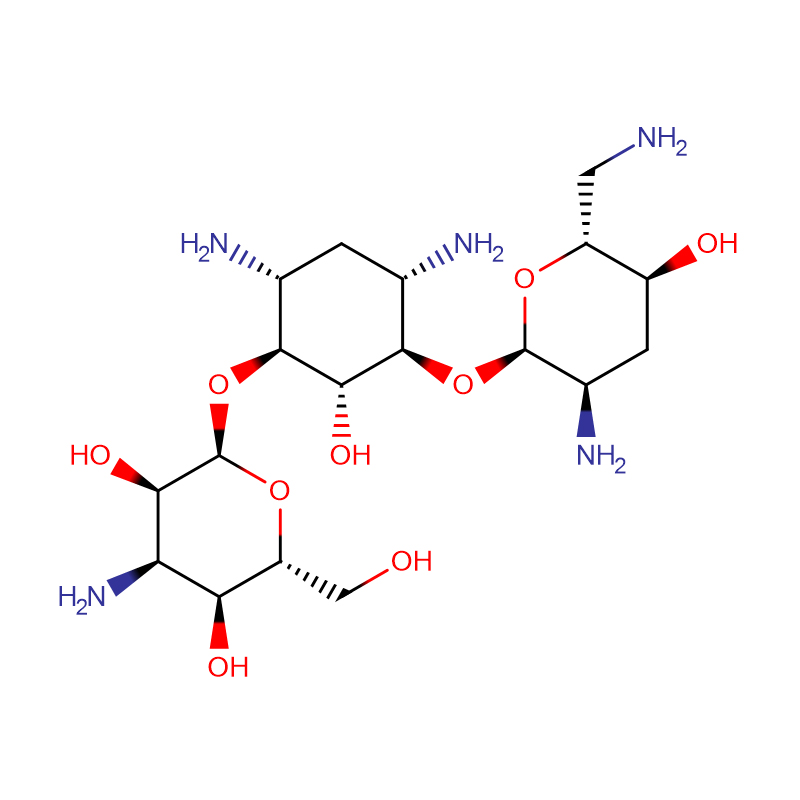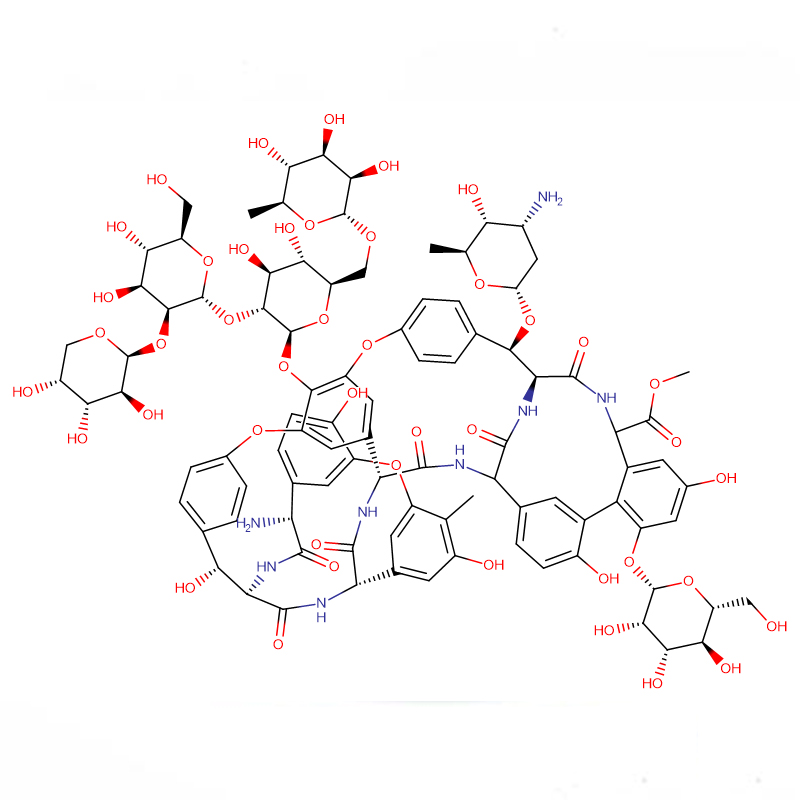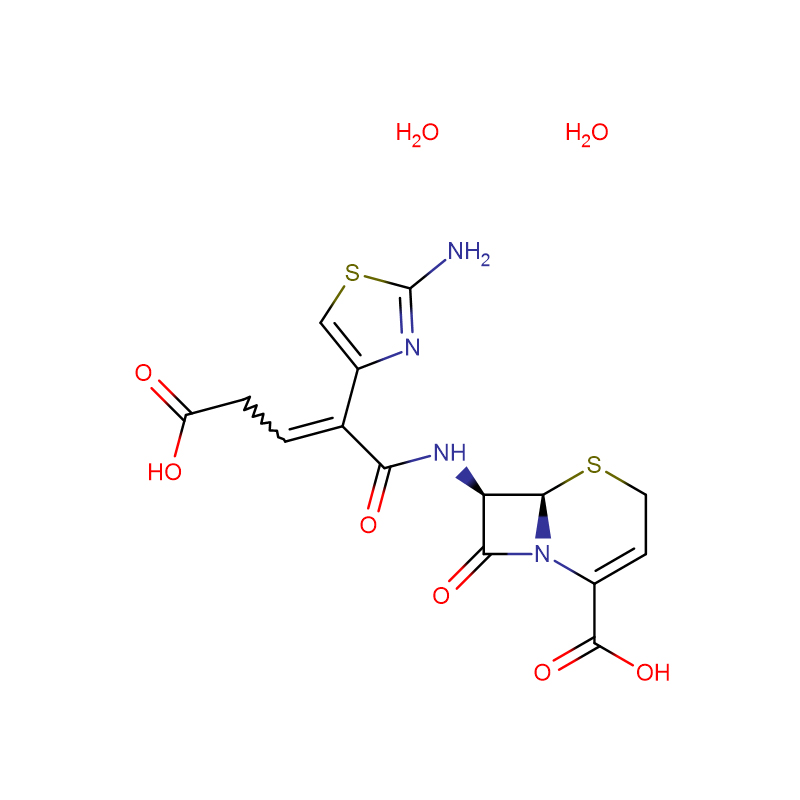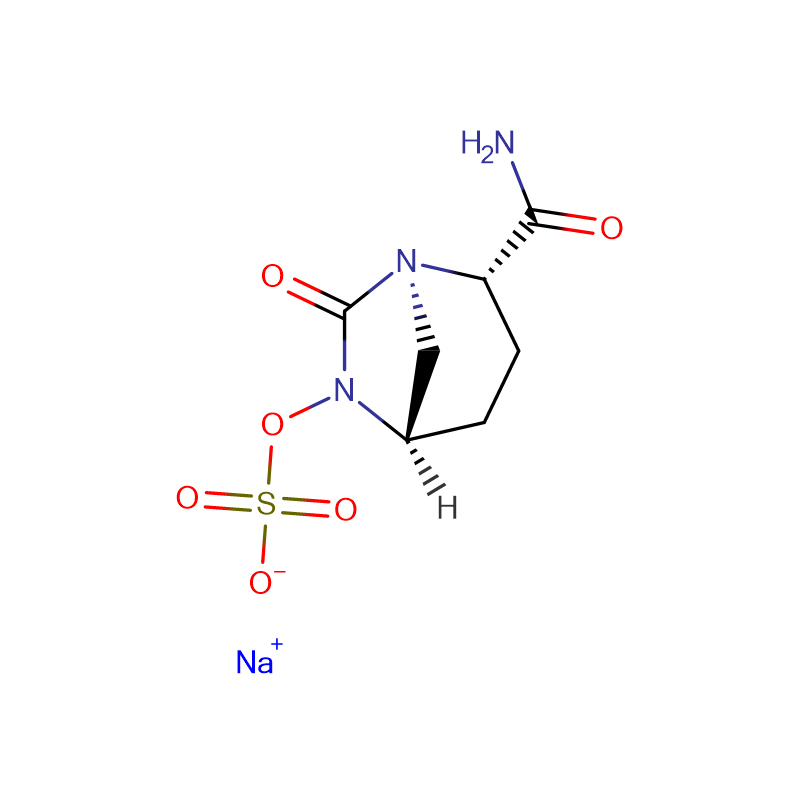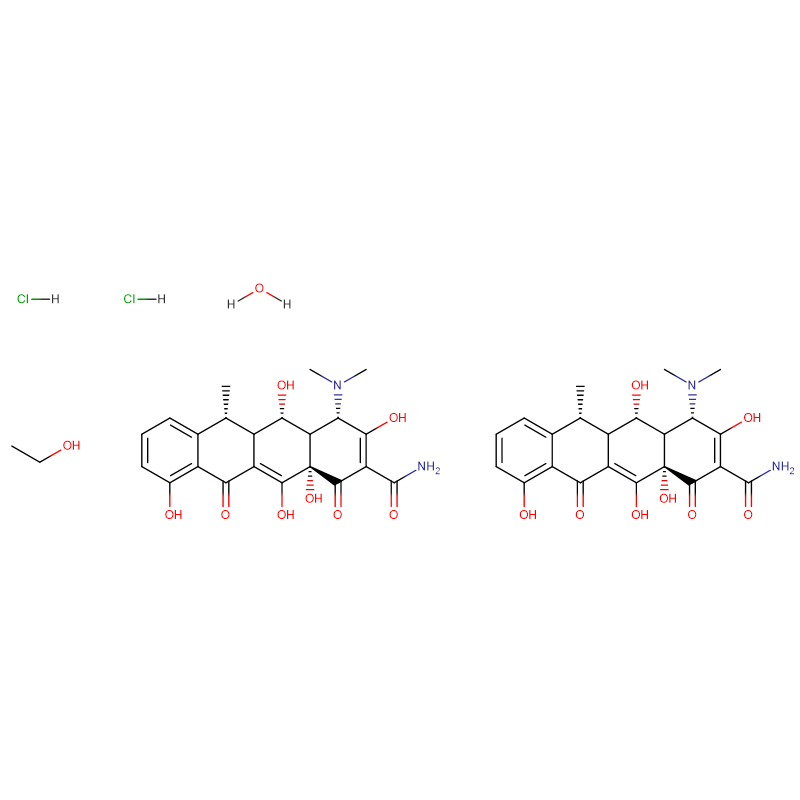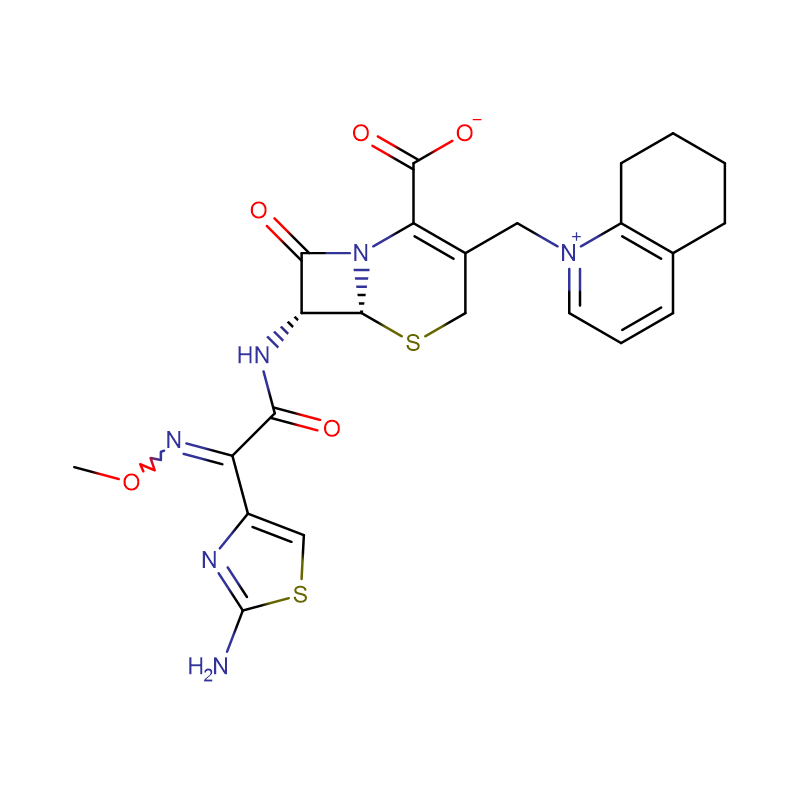Thiamphenicol Cas: 15318-45-3
| Catalog Number | XD92378 |
| Product Name | Thiamphenicol |
| CAS | 15318-45-3 |
| Molecular Formula | C12H15Cl2NO5S |
| Molecular Weight | 356.22 |
| Storage Details | Ambient |
| Harmonized Tariff Code | 29414000 |
Product Specification
| Appearance | White crystalline powder |
| Assay | 99% min |
| Melting Point | 163°C - 167°C |
| Heavy metals | ≤10ppm |
| Loss on Drying | ≤1.0% |
| Specific optical rotation | -21° - 24° |
| Chloride | ≤0.02% |
Thiamphenicol is a broad-spectrum antibiotic chloramphenicol, which is more effective to the gram-negative bacteria than the gram-positive bacteria. At room temperature, it is a white to off-white crystalline powder or crystal, which can be quickly and completely absorped by oral adminstration, as well as it is excreted mainly in the prototype from the urine for metabolism. It is clinically applied for the treatment of respiratory, urinary tract, liver and gallbladder, typhoid and other intestinal surgery, gynecology and ENT infections. Especially in the mild infections it is more effective. It has the similar chemical structure with the chloramphenicol. Its methyl sulfone substituted the nitro of chloramphenicol, which reduced its toxicity, and in vivo its antibacterial activity is 2.5-5 times stronger than chloramphenicol. For gram-positive bacteria, such as streptococcus pneumoniae and hemolytic streptococcus, it has very strong antibacterial effect, while for gram-negative bacteria, such as Neisseria gonorrhoeae, meningococcus, lung Bacteroides, E. coli, Vibrio cholerae, Shigella and influenza bacillus, it also has strong antibacterial effect. For anaerobic bacteria, Rickettsia and amoeba, it has antibacterial effect in some extent. It has the same antimicrobial mechanism with chloramphenicol, which mainly inhibits the synthesis of bacterial protein. This drug is absorped quickly by oral administration, which reaches peak blood concentration within two hours. Its half-life is 5 hours, that is more longer than chloramphenicol. The bacteria have complete cross resistance to it and chloramphenicol, while the bacteria have some cross-resistance phenomenon to it and tetracycline.
Thiamphenicol also has strong immunosuppressive effects, which is an excellent immunosuppressant. Its mechanism of action have significantly different with other immunosuppressive agents. The immunosuppressive effect is several times higher than the chloramphenicol. It can be as the effective extender for transplantation reaction and surgically allogeneic transplantation.



